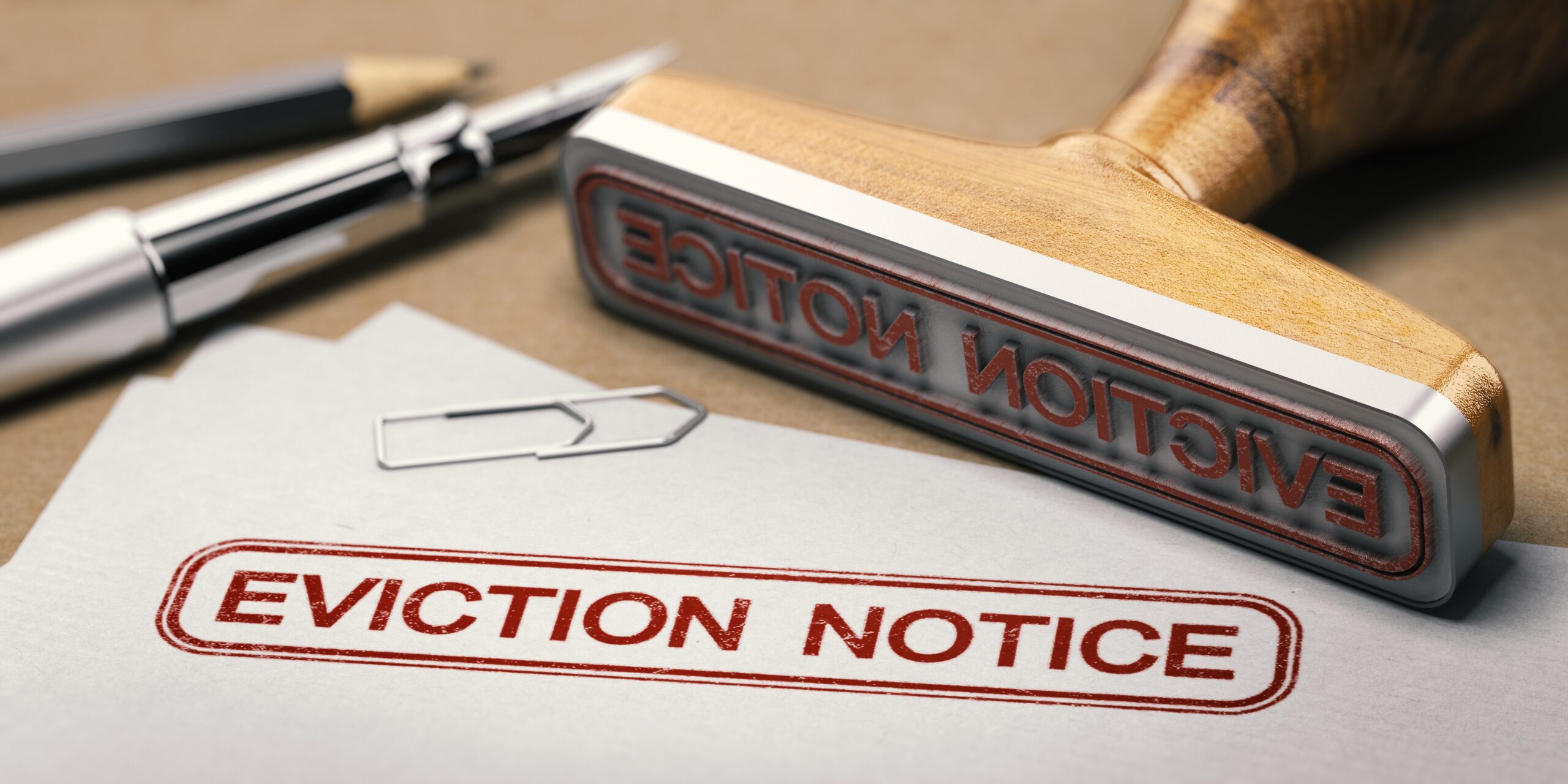
What is considered an emergency maintenance request?
Imagine this: it’s a stormy Saturday night, and you’re finally unwinding with your favourite show. Suddenly, a pipe bursts, and water gushes into your living room. Panic sets in. This isn’t just an annoyance; it’s a full-blown emergency maintenance request.
In property management, knowing what counts as an emergency maintenance request is vital, whether you’re a tenant or a landlord. It’s about safety, preventing further damage, and keeping the place livable. Distinguishing between an urgent repair and routine maintenance can save time, money, and headaches.
What is considered an emergency maintenance request, and how do you handle these situations efficiently?
What is considered a maintenance emergency?
Emergency maintenance refers to urgent repairs that, if not addressed immediately, pose a threat to the safety, health, or security of tenants. It also might risk significant property damage. Unlike routine maintenance, which can be scheduled in advance, emergency maintenance demands swift action to prevent serious consequences.
Addressing emergency maintenance issues quickly is crucial. For one, it ensures the safety and well-being of tenants. For example, fixing a gas leak immediately can prevent potential fires or health hazards. But it also prevents further property damage. A small leak can turn into a massive flood if left unattended.
Ultimately, quick action also helps foster a positive relationship between tenants and landlords. ‘
Examples of emergency maintenance requests
When it comes to emergency maintenance, some issues just can’t wait. Here are some emergency situations that warrant immediate attention.
Water-related issues
Burst pipes, severe leaks, or flooding can quickly turn a home into a disaster zone. Water damage escalates fast and can cause structural damage and mould growth, not to mention damage to personal belongings. If you see water gushing or pooling unexpectedly, it’s time to call for emergency maintenance.
Electrical issues
Electricity is crucial, but it can also be hazardous. Power outages, exposed wiring, or sparking outlets pose serious risks of fire and electrocution. If you notice any electrical problems that could endanger lives or property, they need to be addressed without delay. If it’s serious, make sure you call emergency services.
Heating and cooling failures
In extreme weather conditions, a broken air conditioning or heating system isn’t just uncomfortable–it can be dangerous. Lack of heating in frigid temperatures or no cooling during a heatwave can lead to health issues like hypothermia and heat stroke.
Structural damage
Compromised structures, like a roof collapse or broken windows, not only make a property uninhabitable but also pose serious safety risks. These issues can leave a home exposed to the elements and intruders.
Health and safety hazards
Any situation that threatens the health and safety of tenants must be dealt with urgently. This includes gas leaks, fire hazards, and mould infestations. If your health is at risk, it constitutes an emergency!
Is it an emergency? How to decide
If you’re still not sure based on the above examples, a good way to decide whether your situation is an emergency is to consider urgency and impact.
Emergency maintenance requests require immediate attention because they pose an immediate threat to the safety, health, or security of tenants, or risk significant damage to the property. That’s the urgency.
Then ask yourself what the impact of not getting something immediately fixed will have. A gas leak or exposed electrical wires can lead to life-threatening situations; a broken window compromises security and exposes the property to weather damage. On the other hand, a dripping faucet or broken closet door doesn’t pose immediate risks.
Other regular maintenance examples include minor leaks, cosmetic issues, or routine upkeep – annoying, but not endangering lives or property. A small leak under the sink or a leaky faucet, peeling paint, or a malfunctioning appliance can be addressed during regular business hours without causing distress.
Tenant responsibilities for emergency maintenance
The first step as a tenant is to stay calm and assess the situation. Safety always comes first. If the emergency involves a threat to personal safety, like a fire or gas leak, evacuate immediately and contact emergency services.
Once immediate safety is ensured, it’s time to submit a maintenance request. Most property management companies provide a 24-hour emergency hotline for this exact reason. Provide detailed info, including:
- The nature of the emergency (e.g. burst pipe, power outage, gas leak).
- The location of the issue on the property.
- Any immediate actions taken (e.g. turning off the water supply).
- Contact info for follow-up
Documentation is essential! Take photos or videos of the issue and write down key details like the time it occurred and steps taken to mitigate the problem.
Landlord responsibilities for emergency maintenance
If you’re a landlord of a rental property, you have clear responsibilities to ensure tenant safety and property integrity. You are legally required to maintain your property in a habitable condition. This means quickly addressing emergency maintenance issues that could pose safety risks or significantly disrupt living conditions.
The urgency of the response time depends on the nature of the emergency.
- Immediate response (within a few hours): For life-threatening issues like gas leaks, fires, severe electrical hazards, or major flooding, you should respond immediately.
- Same-day response (within 24 hours): For serious but non-life-threatening issues like heating failures during cold weather, significant water leaks, or broken windows/doors, you should look to resolve these issues within the same day.
- Next business day response: Minor leaks or moderate electrical problems can be addressed by the next business day.
It’s a good idea to have a network of reliable contractors and service providers for this very reason. This includes plumbers and electricians who can respond quickly to emergencies.
How to prevent emergency situations
Prevention is the best defence against emergency maintenance issues. Here’s how to stay ahead of the game:
Regular inspections
Routine checks are essential. Schedule regular inspections to catch potential problems before they become emergencies. Look for signs of wear and tear, leaks, and other little issues that could turn into big ones.
Tenant education
Knowledge is power. Educate your tenants on how to spot early warning signs, like dripping faucets, flickering lights, or musty odours. Provide clear guidelines on how to report these issues quickly.
Maintenance plan
Have a game plan. Establish a comprehensive maintenance plan that includes routine inspections, timely repairs, and a list of trusted contractors for quick action.
Stay safe and proactive
Don’t wait for disaster to strike! Whether you’re a tenant or a landlord, knowing how to handle emergency maintenance is key to ensuring safety and peace of mind.
If you need some help managing your property or simply don’t want to worry yourself with the day-to-day running of it, getting an experienced Perth property manager is the way to go. They handle everything from tenant comms to emergency repairs so that you can spend more time doing what you love – stress-free!
Get in touch with our friendly team and chat through your options today!
Related Articles

Perth’s Best Sunday Markets

10 Tips on How to Improve Your Property Value


